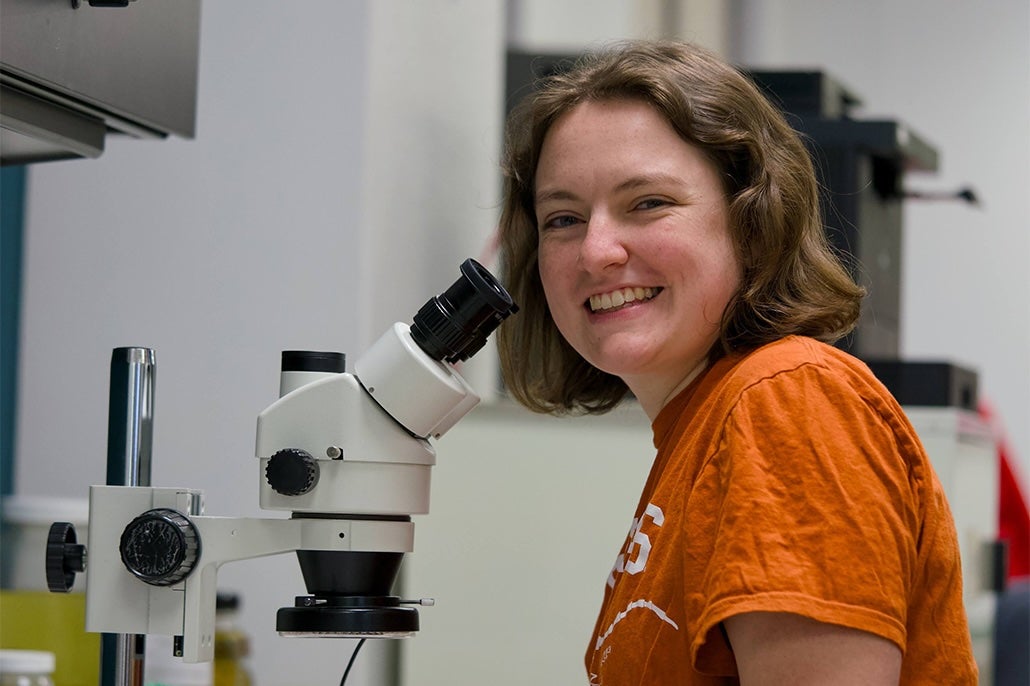Decoding a Drop of Water to Understand Life on the Texas Coast
You can swim, but you can't hide.

Volunteers Melissa and Elsa Temples collect marine samples as participants in 2019 Texas BioBlitz. Credit: Kelley Savage
Hard-to-find living things in the bays and estuaries in the Coastal Bend are being identified, as researchers from The University of Texas Marine Science Institute (UTMSI), Mission-Aransas Reserve and Texas A&M University Corpus Christi (TAMUCC) team up with the Smithsonian Institution's Marine GEO (Global Earth Observatory) program for an ambitious project to identify precisely what lives in the near-shore waters.
The new census of area marine life, the first of its kind on the Coastal Bend, will provide a valuable new reference for marine science, helping to improve understanding about the link between the coast's living things and the rapidly changing marine ecosystem to which they belong.
In one drop of water enough clues exist to let scientists know which creatures and plants live nearby. That's because living things shed microscopic cells containing their DNA. The local institutions participating in the Smithsonian's Marine GEO BioBlitz are creating a DNA inventory for Texas bays that will spell out the different species of shrimp, crabs, fish and more living in the water.
"The BioBlitz campaign will greatly expand our knowledge of what is living beneath the water and give us a powerful new tool to understand how the bays are changing," said lead scientist Dr. Ed Buskey, UTMSI Professor and Research Coordinator at the Mission-Aransas Reserve. "It is highly likely that, through this large and intensive effort, new species will be discovered."
Diverse living organisms are the heart of functioning, resilient ecosystems, but these ecosystems are changing rapidly worldwide, with consequences for services people depend on. The magnitude, distribution and functional importance of marine biodiversity remain poorly understood for many areas, particularly for small and inconspicuous organisms. The goal of the 2019 Texas BioBlitz is to fill out an inventory and census of marine species in the waters of the Texas Coastal Bend, providing a strong baseline for continuing studies of ecology, biogeography and taxonomy needed for informed management.
In order for scientists to match the DNA to the creature, a large team of volunteers, working with experts, collect marine specimens and sample DNA in cities along the Coastal Bend. Local university students and scientists collect specimens to take back to laboratories at TAMUCC and UTMSI for identification in collaboration with visiting Smithsonian experts who use tissue samples and process the specimens. A unique DNA barcode is produced linked to each species detected.
The DNA inventory will be a treasure trove for scientists to quickly and efficiently measure who and what is living in Texas bays and estuaries. In the future, a few small samples of water will enable scientists to see how and why animals and plants change over time.
Share

Department of Marine Science


